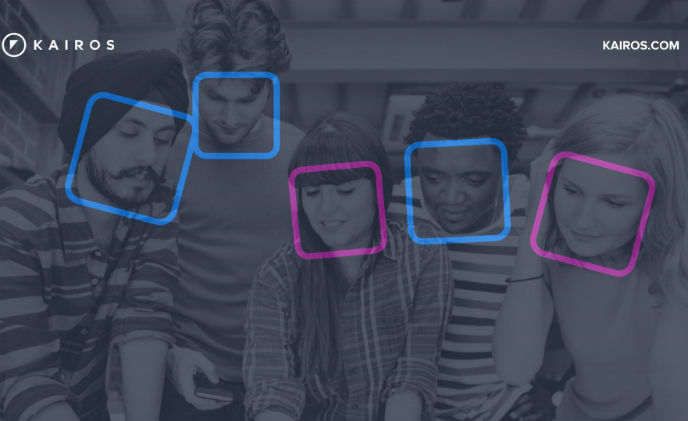The next step in this technology is to provide emotion and demographic analysis on faces found in images and video, which could, in turn, offer a complete view of how people interact with the world around them.
Face recognition is becoming increasingly important as incidents like terrorist attacks on public places become more and more frequent. Across the globe, places like airports and train stations are trying to make better use of this biometric technology to identify criminals and terrorists.
And security is not the only reason face recognition is becoming popular.
Modern businesses see it as a tool to maximize their profits. People are the fundamental interface of all businesses. If a machine can know who a person is and how they feel, incredible insights can be unlocked.
But now it appears that just recognizing faces and people is not enough. The next step in this technology is to provide emotion and demographic analysis on faces found in images and video, which could, in turn, offer a complete view of how people interact with the world around them. According to Ben Virdee-Chapman, Chief Design Officer at the Florida-based company
Kairos that focuses on this field, their human analytics platform allows any business, from virtually any industry, to benefit from identity, emotion and demographic analysis.
Of course, security is indeed a major focus for Kairos. Simply put, Kairos is an artificial intelligence company specializing in face recognition. Through computer vision and machine learning, Kairos can recognize faces in videos, photos and the real-world. Its security applications include video surveillance analytics, entry access systems, human capital management, 2nd-or 3rd-factor mobile authentication and business critical verification.
 Kairos' solution is not just about face recognition, but also about emotion and demographic analysis.
Kairos' solution is not just about face recognition, but also about emotion and demographic analysis.
Making face recognition affordable and accessible
According to Chapman, face recognition technology has historically been complex, expensive and out of reach for most. Kairos has done the heavy lifting by eliminating the difficulties that are typically associated with face recognition integration.
“What we have created provides developers the building blocks to add the benefits of face analysis to any product, app or service - affordably and easily,” Chapman said. “Kairos navigates the complexities of face analysis technology, so you don’t have to. We offer APIs and SDKs any developer can integrate with ease.”
Something that makes Kairos unique from its competitors is that the company’s templates are up to 97 percent smaller than other providers on the market.
“Our patented science and research ensure high match rates in real world scenarios and it performs well in low lighting, and partial face view,” Chapman added. “With years of collective experience, Kairos is dedicated to understanding the human face. Kairos is built and hosted on Amazon Web Services (AWS), which undergo regular SSAE 16 SOC audits. With SSL Encryption, our endpoint ensures that all data passed between the web server and browsers remain private and integral. We also make all of our face analysis features available via offline and embeddable/mobile SDKs. Even when the cloud isn’t an option, we’ve got you covered.”
Kairos is hardware agnostic, in so much as their technology is accessed via an API, either with public/private integration or embedded into devices through SDKs.
How is the market demand?
Several factors are expected to drive demand for face recognition solutions in the future. Key among them is the global migration to mobile as the primary platform for interacting and consuming products and services. Low-touch biometrics is the most user-friendly way of safeguarding personal information and are able to adapt to increasingly small form factors who no loss in performance.
“Improving public safety is a major motivator in organizations adopting innovative, automated, and scalable ways to protect and reassure citizens as they move around the world and interact with their touch point - be it airports, public spaces or the workplace,” Chapman said. “Computer vision is a huge area of investment in the modern enterprise - the market opportunity is positioned to reach US$48.6 billion by 2022.”
With image and video becoming the universal input for so many processes, solutions that integrate face biometrics are able to provide truly cost-efficient answers to critical business questions around authentication, verification and identification of people.